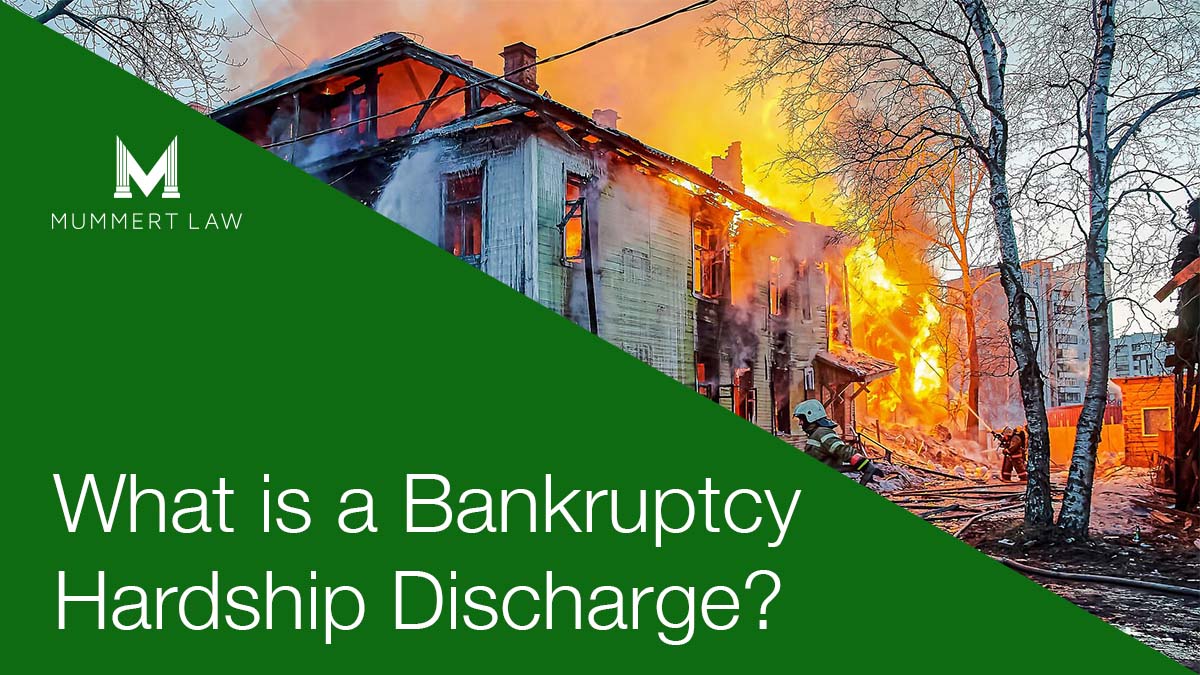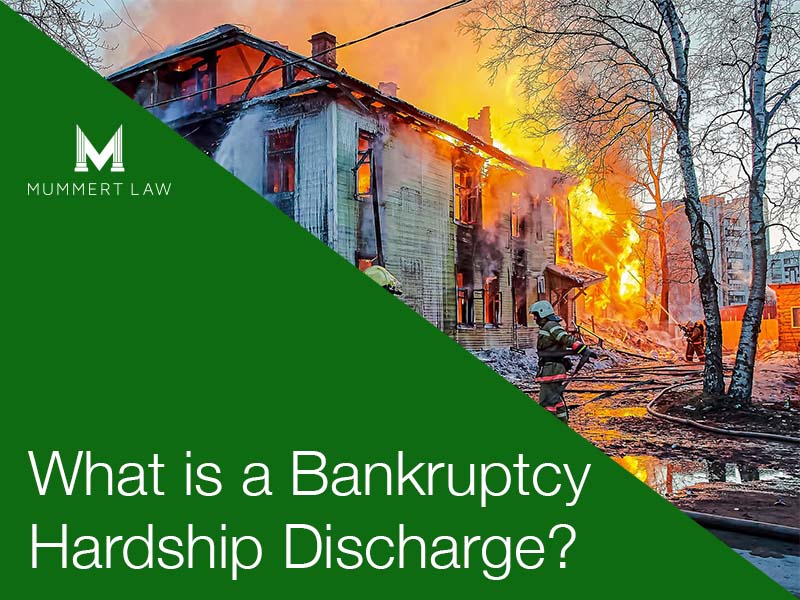What’s A Bankruptcy Hardship Discharge?


Unlike a Chapter 7 bankruptcy, which absolves you from making future payments to your creditors, a Chapter 13 bankruptcy requires a payment plan to be paid in full before discharge. Typically, the debtor pays on this plan for three to five years, with payments determined by debt totals and future income.
But what if something happens during the repayment term, making you unable to pay the agreed-upon payments? Sometimes, things happen that are beyond our control. In these cases, there is a provision in the bankruptcy code, § 1328(b), the hardship discharge.
A bankruptcy hardship discharge is a provision in the code that allows you to stop payments before paying the plan in full but still receive a Chapter 13 discharge. The courts don’t grant this provision often, and it’s only used in extreme cases when all other options are first exhausted.
In What Instances Can A Bankruptcy Hardship Discharge Be Granted?
For a bankruptcy hardship discharge to be granted, the circumstances must occur outside of your control. The court hears each case individually, subject to its jurisdiction and bankruptcy judge. Still, some scenario examples of granting a hardship discharge include:
- Severe illness or injury preventing work
- Job loss
- Debtor death
- Death of debtor’s spouse
- Catastrophic home fire
- Debtor terminal illness
What Requirements Must You Meet for A Bankruptcy Hardship Discharge?
You must exhaust all interventions first before the court considers a bankruptcy hardship discharge in Maryland. When you notify your Trustee of your hardship, they will determine if it’s possible to modify your payment plan agreement.
This may include extending your plan term if it isn’t already at the maximum of five years. Depending on your existing payment amount, the Trustee could also try to lower your payments if they aren’t already at the minimum amount.
Another requirement you must meet to be considered for a bankruptcy hardship discharge is the minimum distribution amount. This means you must have paid your unsecured creditors at least as much as a Chapter 7 bankruptcy liquidation would write off. Meeting this requirement could be challenging if you have significant equity in your primary residence, especially given Maryland’s recent boom in home and property values.
Are There Other Options Besides a Bankruptcy Hardship Discharge?
Yes, there are other options besides a bankruptcy hardship discharge. If the court doesn’t grant you a hardship discharge, you may be able to convert your Chapter 13 case to a Chapter 7 case. You could also dismiss your Chapter 13 case and refile immediately to have a new case heard based on your current situation.
Filing For A Hardship Discharge?
You could be right if you believe you qualify for a hardship discharge. However, there are enough nuances and exceptions within the code, meaning this situation requires a knowledgeable bankruptcy attorney.
Mummert Law in Glen Burnie, Maryland, can review your case and help you decide how to move forward. Contact us today to schedule an appointment to determine if you qualify for a bankruptcy hardship discharge in Maryland.

